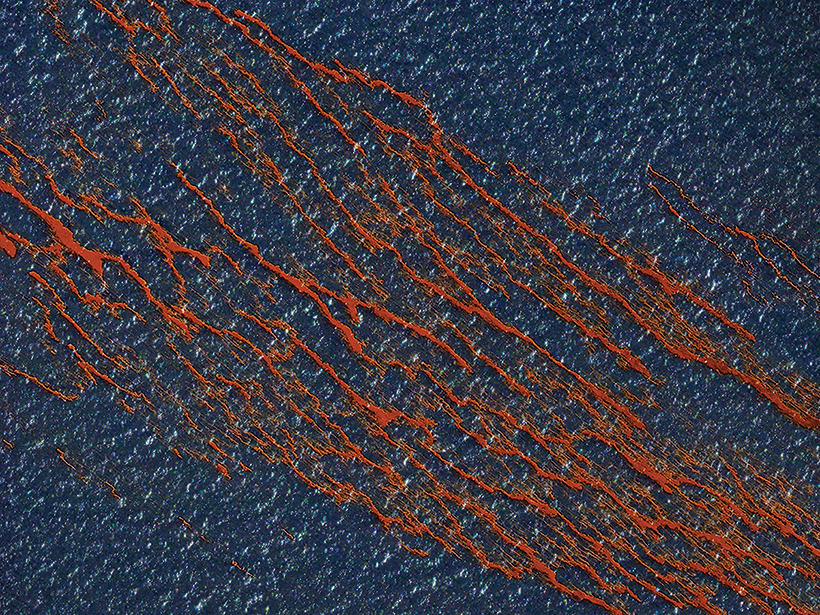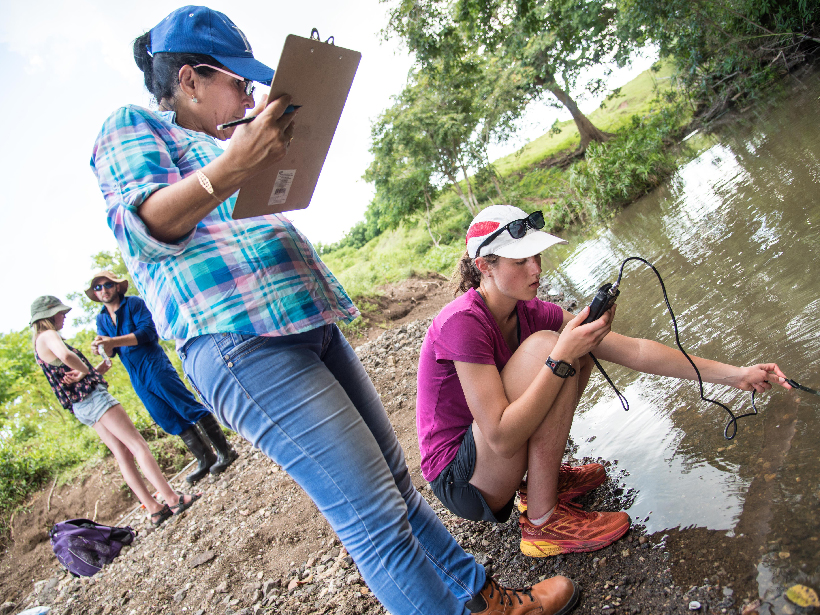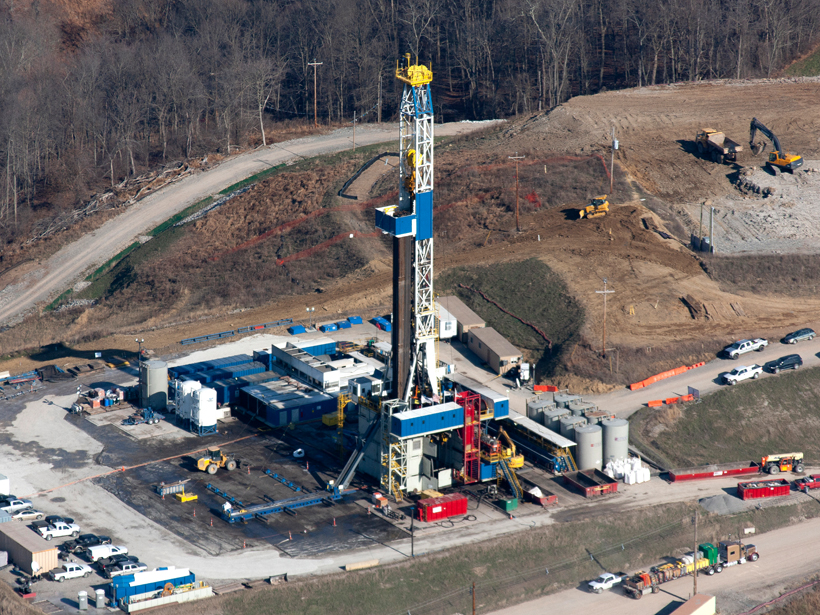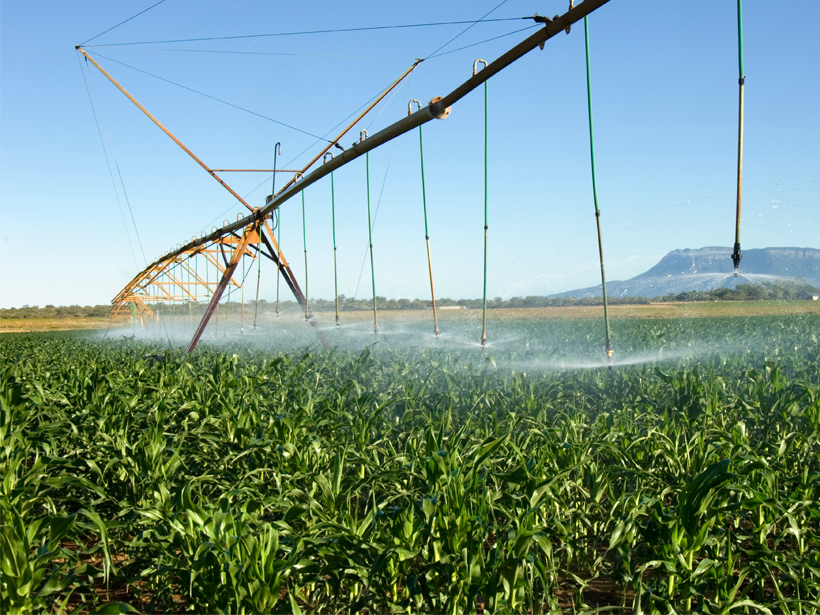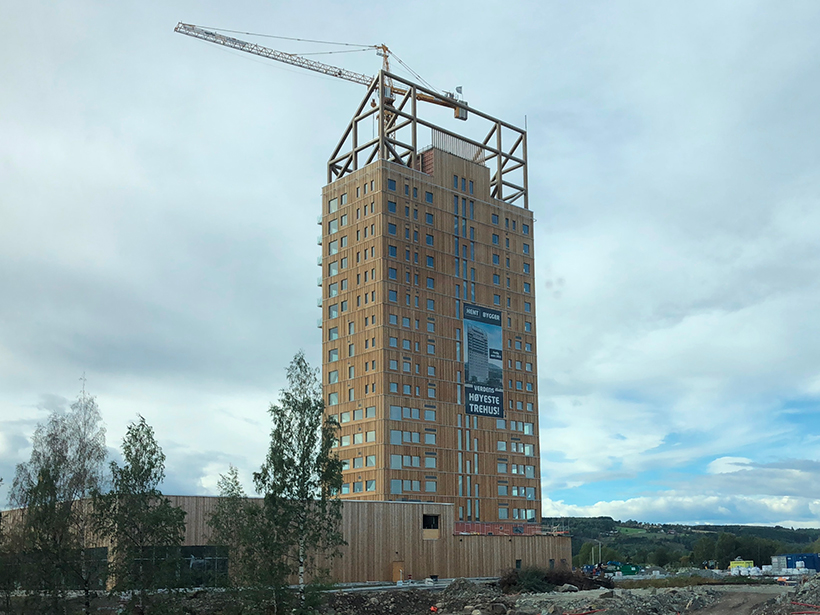The biggest oil spill in history resulted in billions of dollars in settlements—and a massive scientific movement.
Natural Resources
Modeling Under Pressure
At a critical moment in the effort to end one of the world’s worst oil spills, one scientist holed up in his office and pulled an all-nighter to calculate the well’s aquifer support.
Sustainable Agriculture Reflected in Cuba’s Water Quality
Water samples from 25 rivers in central Cuba are dominated by signs of rock weathering rather than fertilizer runoff, researchers working at Cuban and American institutions show.
Basalts Turn Carbon into Stone for Permanent Storage
Scientists have shown that mineral carbonation can permanently capture and store carbon quickly enough and safely enough to rise to the challenge of climate change.
How Death and Disaster Followed the Shale Gas Boom in Appalachia
In the past decade, fracking has contributed to the deaths of more than a thousand people and the emission of more than a thousand tons of carbon dioxide in the Appalachian Basin.
Searching for Mount Meager’s Geothermal Heart
A field expedition into the British Columbia wilderness involving helicopter drops, mountain and landslide traverses, and treacherous ice caves aimed to facilitate geothermal exploration in Canada.
Poor Water Management Implicated in Failure of Ancient Khmer Capital
Researchers used remote sensing technologies to map Koh Ker’s buried reservoir and calculate its capacity to hold water during the rainy season.
Minireservoirs Could Save Farmers with Sandy Soils
A recently revived subsurface water retention technology could conserve water and drastically increase crop yields in arid landscapes with sandy soils like sub-Saharan Africa.
Clean Water Act in the Balance?
An important Supreme Court case could have major ramifications on the interpretation of the Clean Water Act and environmental protection.
Wooden Buildings Could House the Carbon of the 21st Century
To keep carbon out of the atmosphere, researchers argue that we need to return to one of the world’s oldest building materials: wood.


